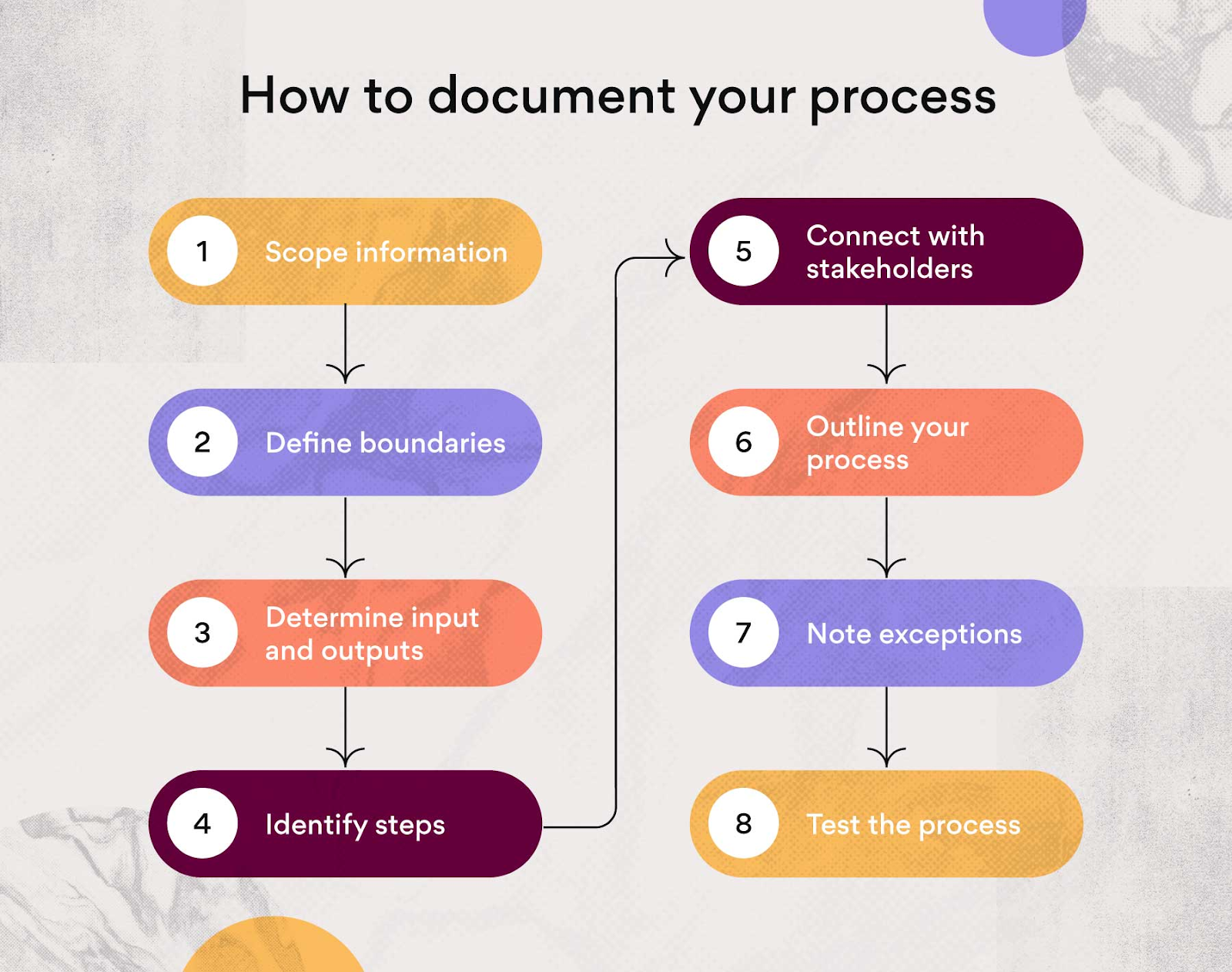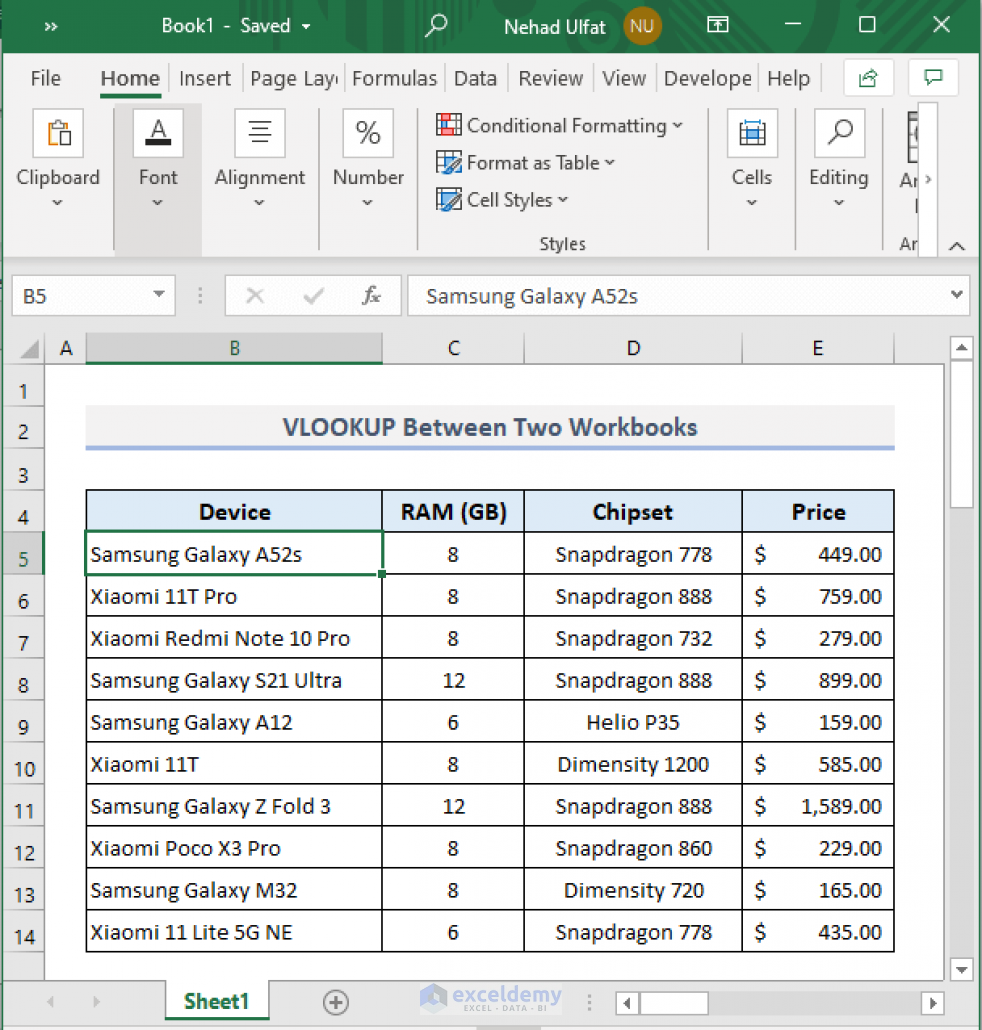5 Essential Facts About CVH Paperwork You Need to Know

Introduction to CVH Paperwork

When it comes to home renovations or building new homes, navigating the Covenant, Verification, and Homeowner Association (CVH) paperwork can seem like a daunting task. This guide will walk you through the essential facts about CVH paperwork, ensuring you're well-informed to proceed with your housing projects smoothly and legally.
What is CVH Paperwork?

CVH paperwork refers to the documentation required when dealing with housing developments managed by a Homeowners Association (HOA). Here's what each component entails:
- Covenants: These are rules and agreements that residents of a community must follow. Covenants cover aspects like property use, aesthetics, and any architectural changes.
- Verification: This includes certificates or documents verifying that the property adheres to HOA and local zoning laws.
- Homeowner Association Paperwork: Documents from the HOA that deal with permissions, fees, and compliance.
Why is CVH Paperwork Important?

Here are some reasons why understanding and correctly managing CVH paperwork is crucial:
- Legal Compliance: Ensuring your project adheres to community standards avoids legal disputes and fines.
- Property Value: Compliance with covenants can protect or even increase your property's value.
- Community Harmony: It helps maintain a uniform and appealing neighborhood environment.
- Permissions and Approvals: Often, you'll need approvals from the HOA for significant changes, which requires proper CVH paperwork.
Key Elements of CVH Paperwork

1. Covenant Compliance Documentation

You'll need to submit documents proving your project complies with the covenants:
| Document | Description |
|---|---|
| Architectural Plans | Detailed architectural drawings showing compliance with covenant specifications. |
| Color Schemes | Color samples ensuring the property matches the aesthetic standards. |
| Landscape Plans | Plans that outline landscaping choices in line with community standards. |

🔧 Note: Ensure you gather all necessary documents as outlined by your HOA to avoid any project delays.
2. Verification Certificates

These certificates confirm your project's adherence to local building codes and HOA standards:
- Construction Permit: Proof that your project meets zoning laws.
- Inspection Certificates: Certifications showing your property has passed inspections.
3. Homeowner Association Documents

Documents from the HOA include:
- HOA Approval: Formal approval to proceed with the project.
- Fee Schedules: Listing all applicable fees related to your project.
- Design Review Committee (DRC) Feedback: Feedback or decisions from the HOA's committee on design changes.
Steps to Ensure Proper CVH Paperwork Management

1. Review Your Covenants

Read and understand all covenants before beginning your project. This step is crucial to align your plans with community standards.
2. Engage with the HOA Early

Early engagement with your HOA ensures you're on the right path. Attend meetings, submit preliminary documents, and seek feedback.
3. Collect and Organize Documents
Gather all required documents, such as:
- Architectural plans
- Color schemes
- Landscape plans
- Construction permits
- Inspection certificates
📑 Note: Keep copies of all submitted documents as reference for future amendments or disputes.

4. Submit and Track Applications

Ensure all applications are submitted on time and track their progress. Use systems or tools provided by your HOA for better oversight.
5. Secure HOA Approval

Obtain formal approval from the HOA before proceeding. This step is vital for legal compliance and to avoid fines or project delays.
Common Mistakes and How to Avoid Them

Here are some common pitfalls and how you can avoid them:
- Ignoring Covenants: Always read, understand, and comply with your covenants to avoid legal issues.
- Late or Missing Documentation: Be proactive in gathering and submitting documents, and use reminders or tracking tools.
- Not Engaging with the HOA: Engage early and frequently to keep everyone informed of your project's progress.
- Ignoring Feedback from the DRC: Take feedback seriously, and make necessary adjustments to align with community standards.
- Not Obtaining Required Approvals: Ensure all required approvals are in place before starting work.
Final Thoughts

Handling CVH paperwork might seem overwhelming, but with a structured approach and proactive engagement with your HOA, it can become a manageable process. The key is to understand the importance of compliance, gather the right documents, and secure the necessary approvals. By doing so, you'll not only maintain harmony within your community but also protect and potentially enhance the value of your property. Following these steps ensures your home project proceeds smoothly, allowing you to create your dream home while respecting the established community standards.
What happens if I do not comply with the HOA covenants?

+
Not complying with HOA covenants can lead to fines, legal action, or restrictions on future property modifications. It’s crucial to understand and adhere to these rules to avoid these issues.
How long does the HOA approval process usually take?

+
The duration can vary, but generally, it can take anywhere from a few weeks to several months depending on the complexity of the project and the HOA’s review process.
Can I appeal if the HOA rejects my project proposal?
+Yes, most HOAs have an appeal process. You can usually submit revised plans or appeal to a higher committee for reconsideration.
What documents are typically required for HOA approval?
+Documents like architectural plans, landscape plans, construction permits, and certificates showing compliance with community standards are usually required.
Is it possible to modify covenants?
+Modifying covenants requires a formal process, often involving a majority vote from the homeowners. It’s not easy, but with enough community support, it can be done.



